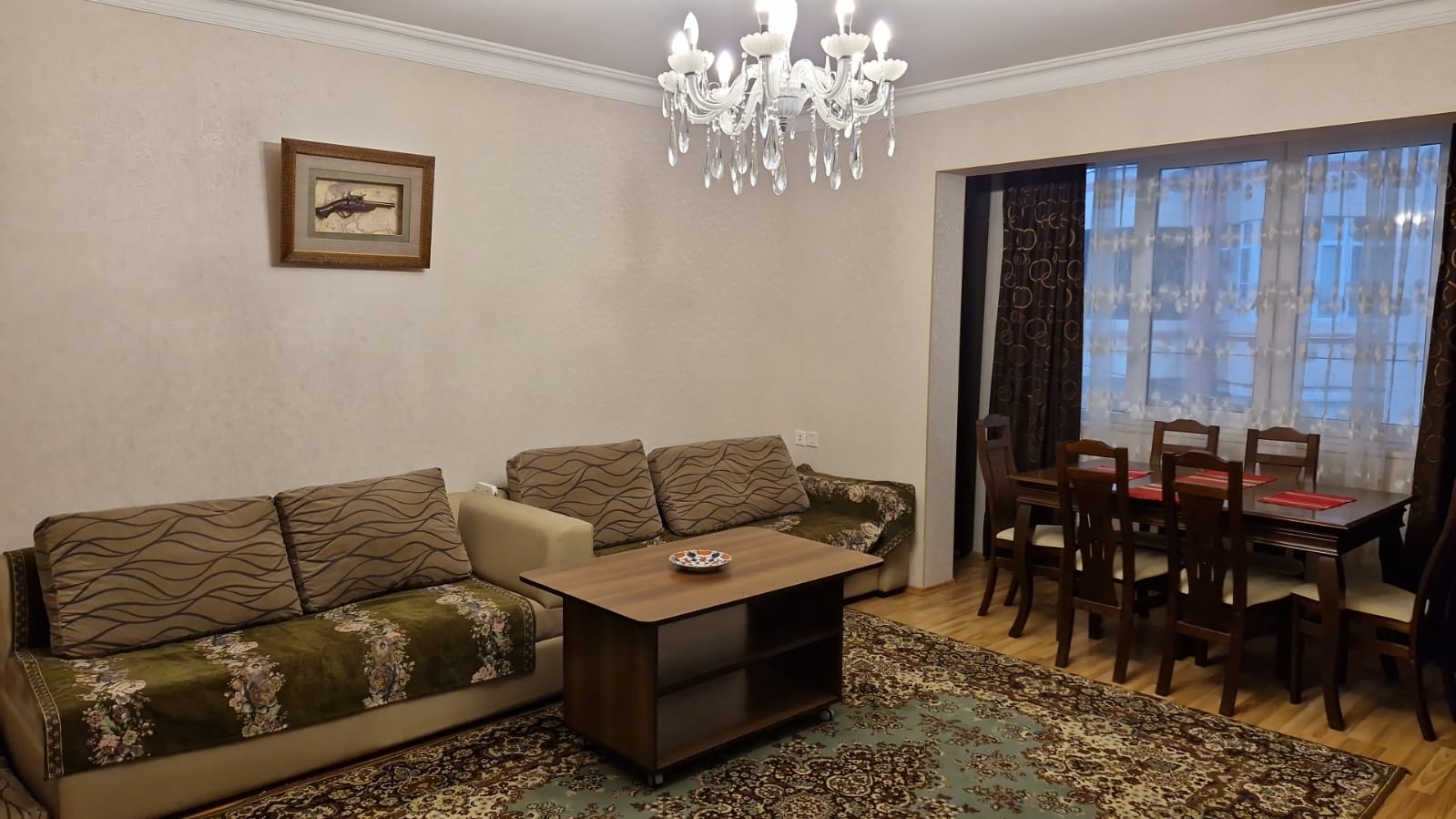History
Azerbaijan has been populated by various tribes since ancient times. Tribal formations in Azerbaijan started in 3rd millennium B.C., when the Manna and Medes were very powerful and advanced tribes.
The Medes tribe invaded the Manna tribe in 6th century B.C who were eventually conquered, even after much resistance. Their official religion then was Zoroastrism which spread through the trade of oil and gas. In developing the state of Azerbaijan, Atropatena and Caucasian Albania have played a foremost role. The source of the name Azerbaijan has been denoted to the ruler of Atropatena – Atropat, which was subsequently changed to its present figure. During the rule of Atropatena, Azerbaijan territory was being formed and around the same time Christianity arrived in the region (3rd to 5th century). Among the historical monuments, at Transcaucasus one can get to see the country’s initial churches which were the reason for spiritual and secular transformation in the daily lives of the people. At the beginning of the 6th century, an Albanic alphabet system was introduced which uplifted the education system. Culture and traditions of the then Azerbaijan’s have still been preserved in an excellent form.
In the 8th century the Arabs conquered Azerbaijan and made it a part of Arab Khalifat. Along with the Arab rulers, Islam religion brought new traditions and civilization. Azerbaijanians accepted Islam and began to be known as Muslims.
In the 18th century controversy between Turkey, Russia and Iran adversely affected Azerbaijan. The Turkmanchay Treaty between Russia and Iran in 1828 divided the country into two parts with the southern part consolidated in Iran and northern with Russia.
The 20th century turned out to be a 360 degree transformation of the country as oil exploration began on a large with 95% of Russia’s oil extraction depending upon Azerbaijan. Baku became the center of world attraction and political, socioeconomic life entered into a new transition.
Transition from Stone Age:
Pre historic excavations at Gobustan especially it’s rock paintings.
4th century B.C:
Emergence of two strong kingdoms, Caucasian Albania in north and Atropatan in the south.
First Golden Age (9th – 12th century A.D.):
Shirvanshah dynasty’s governance from 7th century to 14th century A.D. Literature, arts and music prospered in this era. Great poet Nizami Ganjevi who created the epic ‘Khamsa’ born in this era.
Second Golden Age (15th -16th century A.D.):
Rule of Shah Ismail (Khatai) the first from the 15th century. An excellent ruler and connoisseur of arts and a poet. Shah Ismail (Khatai) established Azeri Turkish as the state language of the vast empire of Safavids.
Partition of Azerbaijan:
After the decline of the Safavids Empire in the 19th century, Russia and Persia divided Azerbaijan along the Araz River with the northern part under Russian control and southern ruled by Persia.
Transformation of Azerbaijan in the 20th century:
After the massive discovery of oil in Azerbaijan, the region transformed completely raising the socioeconomic strata of the society with middle class people becoming millionaires.
Azerbaijan Democratic Republic (1918-1920):
Under the leadership of Mehmet Emin Rasulzadeh, the first Azerbaijan Democratic Republic was established with Georgian’s, Azerbaijanis, Russians, Armenian’s and Jewish leaders being included in its parliament.
Independence of Azerbaijan from Russia:
After 70 years of Russia rule, Azerbaijan won the Independence on October 18, 1991. Many martyrs had sacrificed their lives so that their country could see this day. In fact, Azerbaijan is the only country with no Russian military force on its base. Today, despite the fact that the oil and natural gas industry is the premium reason for growth in the economy, people are facing economic hardships due to inflation and non-oil industries. But the situation has slowly improved and is improving with time as World Bank declared the country as top 10 reformer in 2008.








